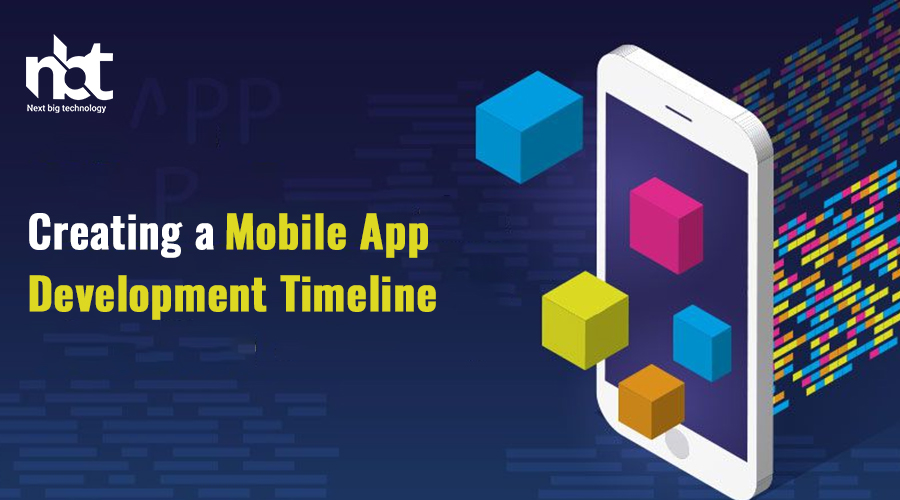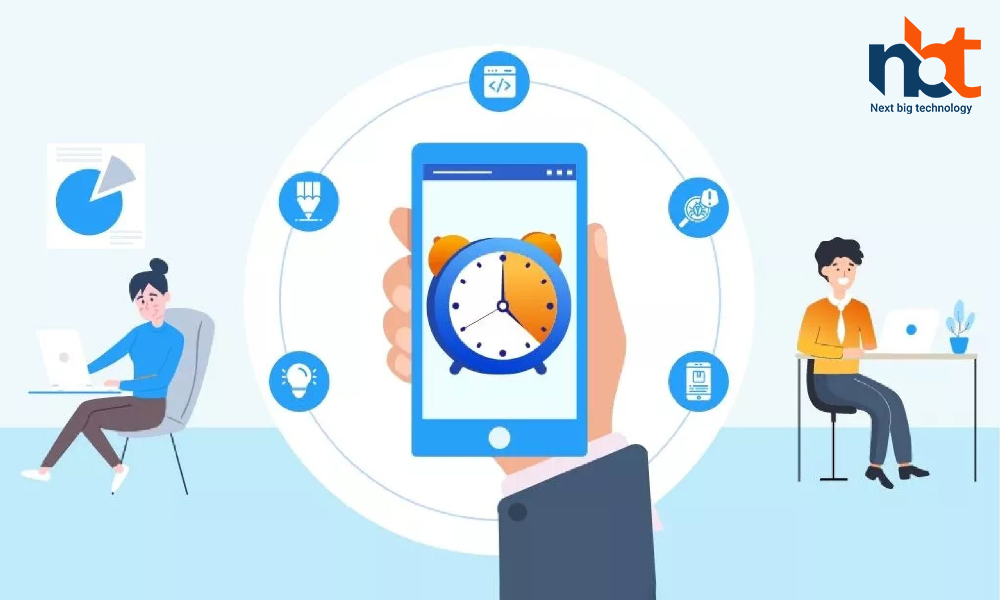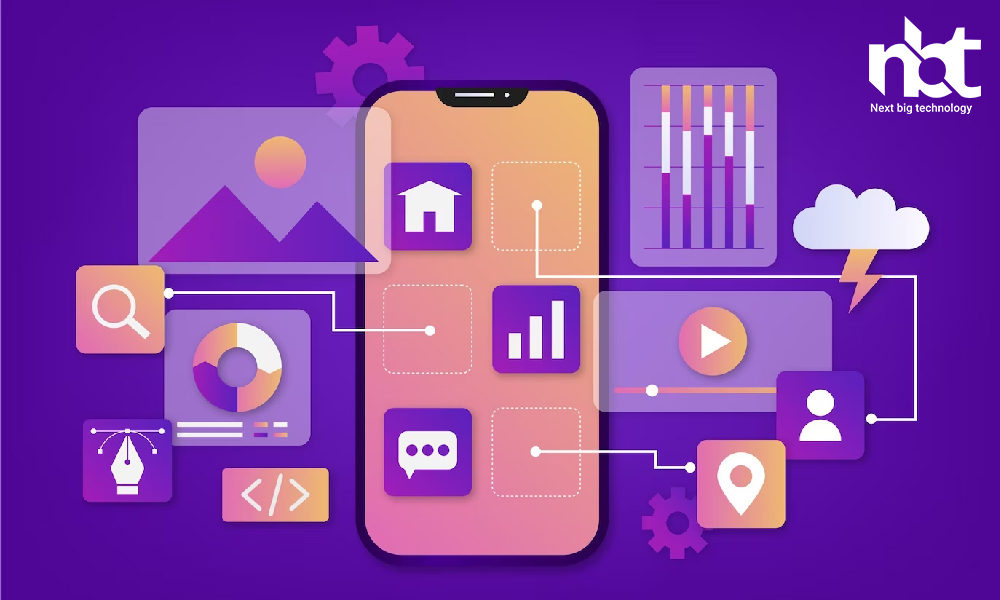Table of Contents
1. Introduction
The mobile app development process can be both exciting and challenging. A well-defined timeline is crucial to keep your project organized and ensure its success. Let’s delve into each phase of the mobile app development timeline to understand its significance.
2. Understanding the Importance of a Timeline
Before diving into the details, let’s discuss why having a timeline is essential for your mobile app development project. A timeline serves as a roadmap, allowing you to set clear goals, allocate resources efficiently, and meet deadlines. It helps in tracking progress, identifying potential bottlenecks, and ensuring that your app gets into the hands of users as planned.
3. Pre-Development Phase
Defining Your App’s Purpose
The first step in creating a mobile app development timeline is defining the purpose of your app. What problem does it solve, and for whom? Clearly articulate your app’s unique value proposition and target audience.
Market Research and Analysis
Conduct thorough market research to understand your competition and target market. Identify gaps in the market that your app can fill, and gather insights to inform your development strategy.
Setting Clear Objectives
Establish clear, measurable objectives for your app. Define what success looks like, whether it’s a certain number of downloads, user engagement, or revenue generation.
Budget Planning
Determine your budget for the entire development process. Consider development costs, marketing expenses, and ongoing maintenance. Having a clear budget helps you make informed decisions throughout the project.
4. Development Phase
Wireframing and Prototyping
Start by creating wireframes and prototypes to visualize the app’s user interface and functionality. This step ensures that you and your development team are on the same page before moving forward.
Selecting the Right Technology Stack
Choose the appropriate technology stack for your app. Consider factors like platform compatibility, scalability, and development speed.
Building the App
This is where the actual development takes place. Break down the development process into sprints and milestones to monitor progress effectively.
Testing and Quality Assurance
Rigorous testing is crucial to identify and rectify bugs and issues. Ensure that your app functions seamlessly across various devices and operating systems.
5. Post-Development Phase
Beta Testing
Release a beta version of your app to a select group of users to gather feedback and make necessary improvements.
User Feedback Integration
Incorporate user feedback to enhance your app’s user experience. Address any issues or concerns raised by beta testers.
Marketing and Promotion
Develop a comprehensive marketing strategy to create buzz around your app. Utilize social media, app store optimization, and other channels to reach your target audience.
Launching the App
Plan a successful launch for your app, including setting a release date and ensuring all marketing materials are in place.
6. Post-Launch Phase
Monitoring and Maintenance
After the app’s launch, monitor its performance closely. Address any issues promptly and provide regular updates to keep users engaged.
Scaling and Updates
As your user base grows, scale your infrastructure accordingly. Continuously release updates and new features to stay competitive.
Gathering User Data
Collect user data to gain insights into user behavior and preferences. Use this data to refine your app and tailor it to your users’ needs.
Continuous Improvement
Maintain a culture of continuous improvement, always looking for ways to enhance your app and stay ahead of the competition.
7. Conclusion
Creating a mobile app development timeline is a crucial step in ensuring the success of your app. By following these guidelines and maintaining a strategic approach, you can navigate the complexities of app development and deliver a product that resonates with your target audience.
8. FAQs
- What is the significance of a mobile app development timeline?
- A timeline helps you plan, organize, and track the progress of your app development project, ensuring it stays on course.
- How do I define the purpose of my app?
- Start by identifying the problem your app solves and the audience it serves. Craft a clear value proposition.
- Why is beta testing important?
- Beta testing allows you to gather user feedback, uncover issues, and make improvements before the official launch.
- What should I consider when choosing a technology stack?
- Consider factors like platform compatibility, scalability, and the specific requirements of your app.
- How can I gather user data post-launch?
-
- Implement analytics tools to collect user data, including user behavior, preferences, and engagement metrics.
-
Thanks for reading our post “Mobile App Development Timeline”. Please connect with us to know more about Mobile App Development Timeline.














